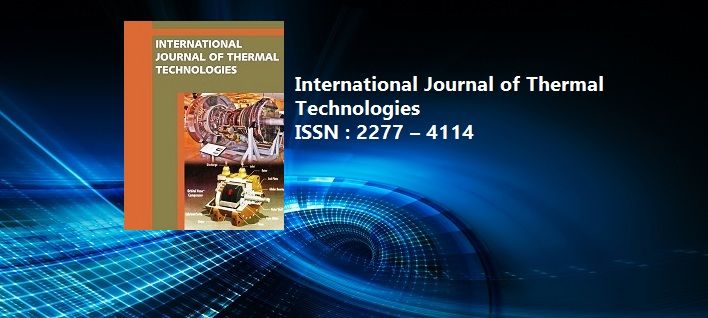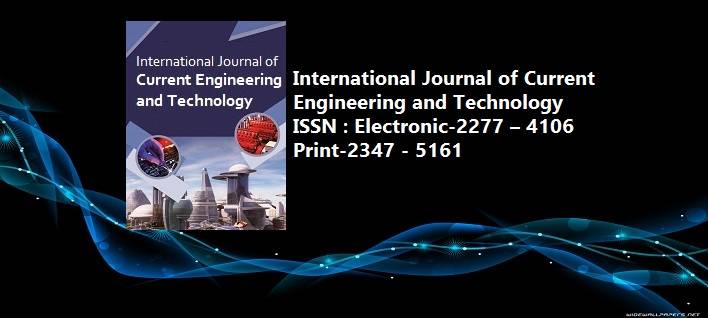Non-stationary Flood Frequency Analysis using Additive terms for Location, Scale and Shape parameters in the Ouémé River basin (Benin, West Africa)
Pages : 556-570
Download PDF
Abstract
Nowadays, the world is changing under climate variability effects and human activities intensification. Continuing to realize flood frequency analysis by considering the stationarity assumption of hydrological time series data, which has been widely used in the past, cannot be further advocated. Hence, it is important to take into account the non-stationary approach in flood frequency analysis. The main focus of this work is to analyse non-stationary flood frequency in the Ouémé River basin. To this end, six hydrometric gauge stations, which have long flood time series data, are considered. Three models are compared at each station to find the more accurate. The three models are the stationary model with low value of AIC according to the distributions of extremes, the non-stationary which use only time for covariate and the non-stationary which use principal components obtained from EOF analysis on the explanatory variables. The explanatory variables are the variables that could explain the evolution of the peak discharge data used. This study considered climate indices like Sea Surface Temperature (SST) and Sea Level Pressure (SLP) indices and daily temperature series. General Additive Models for Location Scale and Shape (GAMLSS) tool help us to perform this non-stationarity in the models. And it is noticed at the end that non-stationary model better fits the data and non-stationary which could represent the subsequent changes is better than the one with time for covariate. Their prediction power has also been tested and it can be retained that for future prediction the non-stationary model with time is better because it is the only one which can perform the analysis. But for past records prediction the non-stationary model which uses principal components as covariates, reproduces well the quantiles. Finally, the differences between the non-stationary quantiles and their equivalents stationary may be important over long periods of time.
Keywords: Non-stationary, climates indices, time, GAMLSS, Ouémé basin, peak discharge data
Article published in International Journal of Current Engineering and Technology, Vol.7, No.2 (April-2017)



















 MECHPGCON, MIT College of Engineering, Pune, India
MECHPGCON, MIT College of Engineering, Pune, India AMET, MIT College of Engineering, Pune, India
AMET, MIT College of Engineering, Pune, India International Conference on Advances in Mechanical Sciences
International Conference on Advances in Mechanical Sciences  International Symposium on Engineering and Technology
International Symposium on Engineering and Technology International Conference on Women in Science and Engineering
International Conference on Women in Science and Engineering




